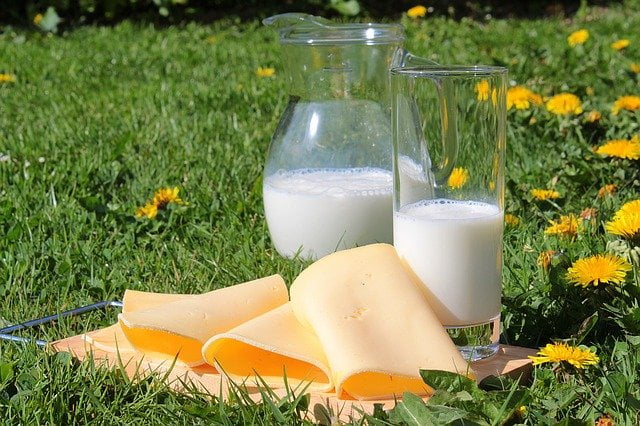“Raw milk cheese is the better milk,” says the multiple cheese world champion and cheese affineur Walo von Mühlenen, only half-jokingly. The reason: semi-hard and hard cheese does not contain lactose and can therefore be safely enjoyed by people with lactose intolerance.
Milk is a healthy food that contains many vitamins and trace elements. The main components of milk are water (90%), protein (4.2%) and fat (4%). In Germany, around 15 percent of the population suffer from lactose intolerance. “You don’t have to do without dairy products entirely, as hard and hard cheeses no longer contain lactose,” explains Walo von Mühlenen, who is already the fifth generation to refine raw milk cheese.
5 facts about raw milk cheese:

- Concentrated milk
When making cheese, the water is primarily removed from the milk, the remaining components such as calcium and protein are retained. “The gentler the manufacturing process, the more vitamins and trace elements are retained,” says Walo von Mühlenen.
- Traditional production
Blumenwiesen cheese made from untreated raw milk is produced in a particularly gentle and traditional process. This ensures that the aromas, the flower meadows and all vitamins and trace elements are retained.
- Breakdown of lactose and long protein chains
“Lactose intolerance is no longer a problem with hard and hard cheese, as the lactose is broken down by the lactic acid bacteria,” says von Mühlenen. “When stored for eight months or more, the lactic acid bacteria break down the long protein molecules, making the cheese easier to digest.”
- Lactic acid bacteria and digestion.
The lactic acid bacteria in cheese are an important component in the human digestive tract and help there that we can utilize the trace elements and vitamins.
- Omega3 in mountain and alpine cheese
Cheese from the Swiss mountains has a high content of Omega3 acids, as confirmed by a study by the Swiss Confederation. 200g Alpine cheese has roughly the same amount of omega-3 fatty acids as a fish meal.



